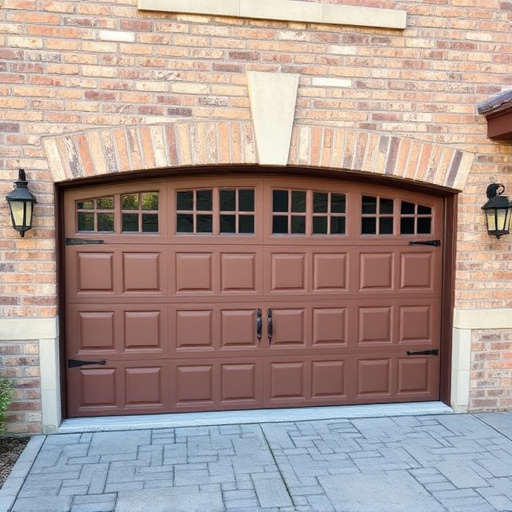Remote control issues with garage doors pose safety risks but can be efficiently diagnosed and resolved. Homeowners can identify simple solutions like battery replacement or complex mechanical issues using diagnostic tools. Common opener motor problems include worn gears, loose wiring, and faulty sensors, addressable through visual inspections and noise checks. Advanced repair methods involve recalibrating sensors and limit switches to prevent erratic door operation. Regular maintenance, including track cleaning, lubrication, sensor testing, and spring adjustments, is crucial for preventing future malfunctions. Consulting a professional Garage Door Repair service ensures accurate diagnostics and effective, safe repairs.
Experiencing issues with your garage door remote? Promptly resolving remote control problems is key to avoiding inconvenience and potential safety hazards. This comprehensive guide delves into garage door opener troubleshooting, focusing on common motor issues that cause remotes to fail. We equip you with diagnostic tools and step-by-step instructions for quick fixes. For persistent problems, advanced techniques are offered, while regular maintenance tips prevent future malfunctions, ensuring smooth garage door operation.
- Understanding Garage Door Remote Control Issues
- Identifying Common Opener Motor Problems
- Diagnostic Tools for Efficient Troubleshooting
- Step-by-Step Guide to Resolving Remote Issues
- Advanced Techniques for Persistent Problems
- Maintenance Tips to Prevent Future Malfunctions
Understanding Garage Door Remote Control Issues
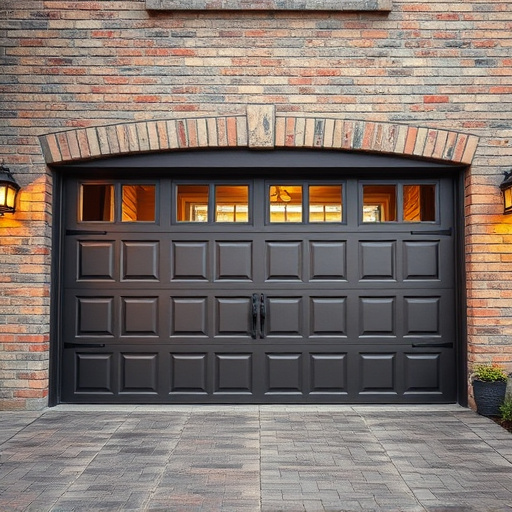
Remote control issues with garage doors can be a common problem for homeowners, causing frustration and potentially posing safety risks. These issues may manifest in various ways, such as failed responses to the remote, intermittent operation, or complete failure to open or close the door. Such problems could stem from a variety of factors, including battery weaknesses, signal interference from other electronic devices, or mechanical failures within the opener mechanism itself.
Proper understanding of these issues is crucial for effective garage door repair. By identifying the specific problem—whether it’s a simple battery replacement or more complex mechanical troubleshooting—homeowners can promptly resolve the issue and regain control over their garages. Efficient diagnosis and quick repairs ensure not just the smooth functioning of the garage door but also enhance overall security and convenience.
Identifying Common Opener Motor Problems
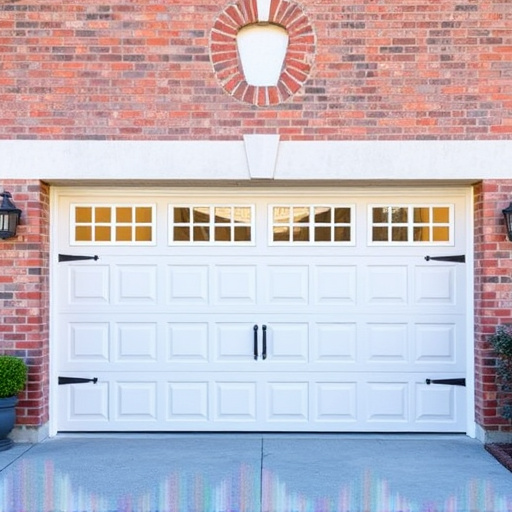
When it comes to garage door repair, identifying common opener motor problems is the first step in resolving remote control issues promptly. Some of the most frequent issues include the motor not engaging, random opening and closing, or the door failing to close all the way. These problems can be caused by various factors such as worn-out gears, loose wiring, or a faulty sensor.
To diagnose these issues, homeowners should look for visual cues like damaged components, frayed wires, or debris blocking the sensors. Additionally, listening for unusual noises coming from the motor can help pinpoint specific problems. Once identified, replacing parts, tightening connections, or recalibrating sensors can often fix these common garage door opener motor troubles, ensuring your door operates smoothly and securely once again.
Diagnostic Tools for Efficient Troubleshooting
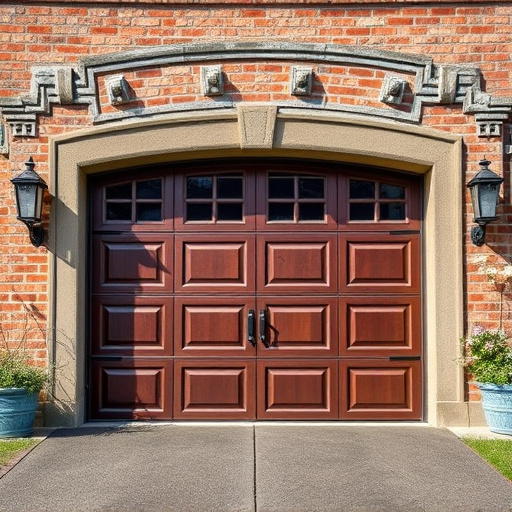
When it comes to efficient garage door repair, having the right diagnostic tools is key. These tools enable technicians to quickly identify and resolve remote control issues, saving time and ensuring a smooth operation. Among the most useful diagnostic aids are voltage testers for checking power supply, multimeters for measuring electrical currents, and oscilliscopes for analyzing signal strength.
Garage door openers often employ complex systems of sensors and transmitters, making it crucial to have tools that can navigate these intricacies. With accurate measurements and signal analysis, technicians can pinpoint problems ranging from faulty receivers to malfunctioning motors, facilitating prompt and effective remote control repairs.
Step-by-Step Guide to Resolving Remote Issues
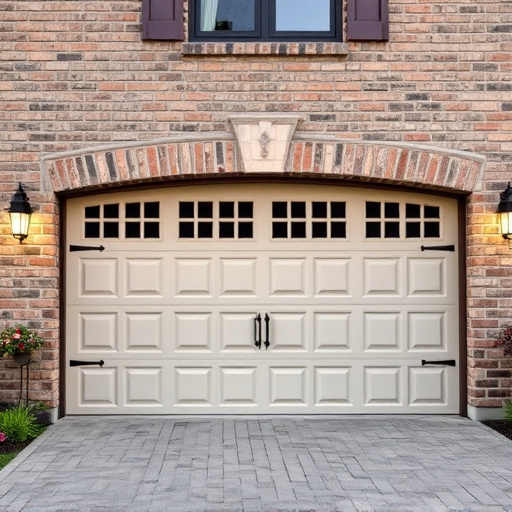
Troubleshooting remote control issues with your garage door opener is a straightforward process that can save time and money. Here’s a step-by-step guide to help you resolve common problems quickly. First, double-check that the remote is working by testing it on other devices or with fresh batteries. If the issue persists, ensure the receiver on your garage door opener is correctly connected and aligned with the remote. Often, a simple recalibration can fix signal interference.
Next, inspect the doors for any physical obstructions blocking the sensor’s view. Clear away debris or items causing interference. Verify that the garage door is properly balanced and all components are functioning optimally. If the problem continues, check your opener’s settings and ensure they match your remote’s programming. A reset might be required to restore optimal performance. For more complex issues, consult a professional Garage Door Repair service for advanced diagnostics and repairs.
Advanced Techniques for Persistent Problems
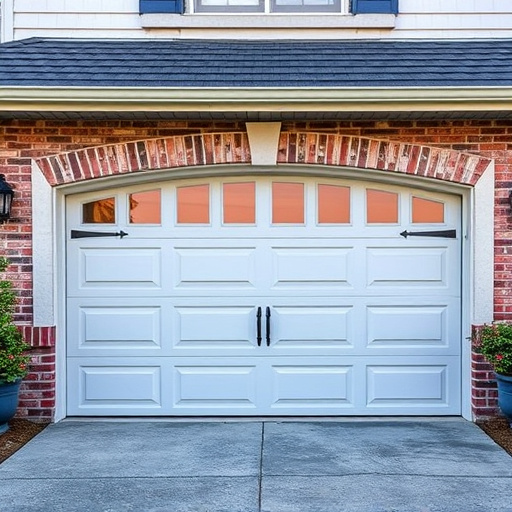
When standard troubleshooting techniques don’t resolve remote control issues, it’s time to explore more advanced methods for garage door repair. For instance, checking and replacing faulty sensors is a common cause of persistent problems. These sensors ensure proper alignment and position of the garage door, and their malfunction can lead to frequent opening and closing errors.
Another sophisticated approach involves inspecting and recalibrating the opener’s limit switches, which determine the door’s upper and lower limits. Over time, these mechanisms can wear out, causing the door to operate erratically. By adjusting or replacing them, you can significantly enhance remote control functionality, ensuring your garage door opens and closes smoothly without unexpected stoppages.
Maintenance Tips to Prevent Future Malfunctions
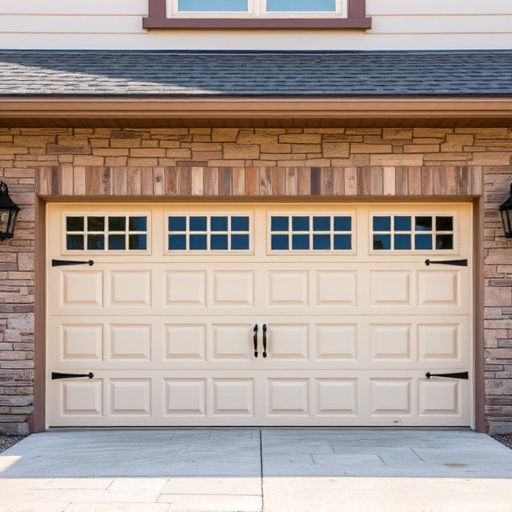
Regular maintenance is key in preventing future garage door malfunctions. One simple yet effective step is to ensure the tracks are clean and free of debris, as obstructions can disrupt the smooth operation of the door. Lubricating the hinges and rollers also goes a long way in reducing friction and prolonging their lifespan. Many issues arise from forgotten or ignored safety sensors, so it’s crucial to test these regularly to guarantee they’re functioning correctly.
Additionally, checking the tension on the springs is vital. Imbalanced springs can cause significant problems, so periodic adjustments or replacements are essential for safe and reliable garage door operation. Lastly, a professional Garage Door Repair service recommends inspecting all components annually to catch any potential issues before they turn into costly repairs.
When faced with remote control issues for your garage door, promptly addressing the problem through opener motor troubleshooting is key. By understanding common issues, utilizing diagnostic tools, and following a structured guide, you can efficiently resolve many problems. For persistent cases, advanced techniques offer additional solutions. Regular maintenance is also vital to prevent future malfunctions, ensuring a smooth and secure garage door operation in the long run. Remember, swift action on minor issues can save time, money, and avoid potential safety hazards associated with malfunctioning garage doors, making it essential to have these skills as part of your Garage Door Repair toolkit.
